Our courses
Safety Planning for Practitioners
The work we do is inherently dangerous. Repeated exposure to stories of trauma changes us fundamentally and can lead to symptoms of vicarious trauma, compassion fatigue and burn out. These risks are now compounded as we live through a pandemic, frequent natural disasters and threats of war. This is taking a toll on everyone, so we account afford to lose you and your work from the sector.
This is not a webinar preaching ‘self-care.’ This is an interactive, e-learning module developed by Dr Catherine Hynes (Clinical Psychologist and PhD in neuroscience). You will identify your unique risk profile and learn practical strategies, grounded in neuroscience, that you can use on a daily basis to safeguard your wellbeing (and teach your clients too!).
Click ‘find out more’ on the right.
Or, grab the accompanying 22 page guide - a template to develop your own Safety Plan for Practitioners. Drop your details below and we will send you a free copy.
Coming soon … Introduction to Dissociation
If you work in trauma, you need to understand dissociation. This area is rarely covered in under-graduate courses, yet can be the difference between stalled and effective treatment.
We are busily working on a four week course, developed and hosted by Dr Catherine Hynes to introduce you to this area.
Each week, you will get access to an e-learning module that will walk you through the theories on dissociation, in an easy to digest manner that gives you time to reflect, learn and apply the content to your clients.
Following each module, Catherine will host a weekly 90 minute Q&A to answer any questions and help you further understand how to identify and treat dissociation in your clients.
If you work with clients that engage in self-harm, self-sabotage or find it difficult action the strategies you discuss in treatment, then you this course will benefit you and your clients.
Course numbers are capped, so learn when the course is launched and secure your spot, drop your email below.


